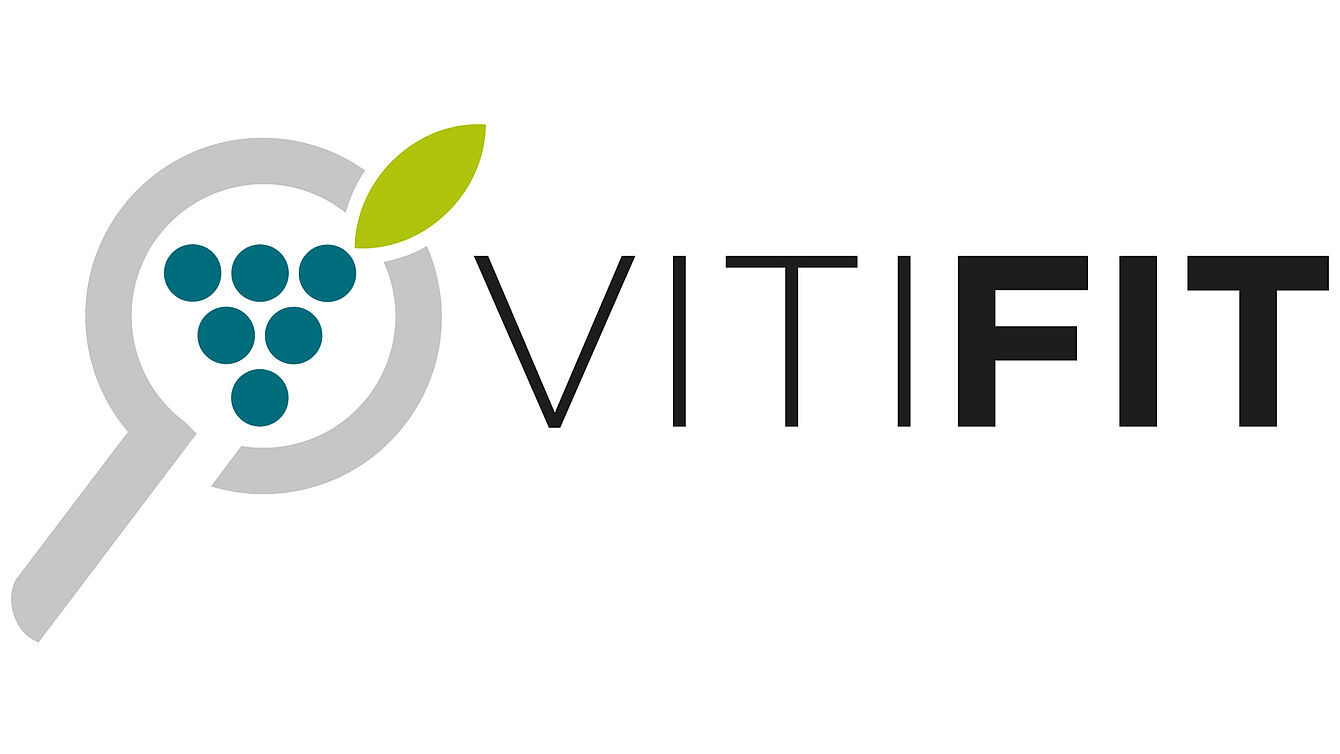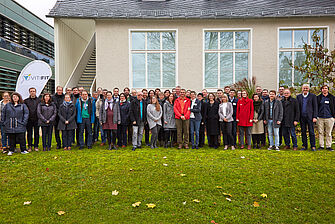Coordinator

Deputy

Management

VITIFIT Joint Project: Healthy Vines (Vitis vinifera) in Organic Viticulture Through Research, Innovation and Knowledge Transfer
Combating grapevine downy mildew, caused by Plasmopara viticola, is one of the major challenges that winegrowers face, especially in organic viticulture. Due to an imminent ban on copper-based crop protection products and the large-scale effects of climate change, organic viticulture is increasingly confronted with an economic crisis. The devastation caused by Peronospora in 2016 is still fresh in the minds of all winegrowers. The aim of the VITIFIT joint project, launched in 2019, is to compile a catalogue of measures comprising practical strategies for maintaining vine health in close cooperation with organic growers' associations and viticultural practice, with a main focus on the pathogen that causes grapevine downy mildew.
The project aims to improve growing conditions and consolidate reliability of production in order to safeguard the economic viability of organic wine-grape cultivation. The joint project comprising eleven partners, five organic wineries, three SMEs and three affiliated trade associations constitutes a network of expertise and practical research, and its multifaceted consolidation concept will ensure that it continues after the project has concluded.
Control strategies in the area of crop protection will be based mainly on minimizing the use of copper (e.g. with microencapsulated copper salts) and using copper substitutes (e.g. plant extracts; UVC technology) and combinations thereof. This will be supported by cultivation and cultural measures aimed at reducing the inoculum potential of P. viticola.
Both existing and newly cultivated fungus-resistant grapevine varieties (PIWIs) play a pivotal role in the concepts under development. The focus here is on optimising enological wine styles, achieving market acceptance for PIWIs and launching them on the market. The cultivation of PIWIs is to be stepped up by identifying new resistances to P. viticola and cross-breeding them with current varieties.
In addition, the forecasting model "VitiMeteo Rebenperonospora" will be adapted to include PIWIs and the specific conditions for organic wine production. Molecular biological analyses will focus on the fungal microbiome of the leaf under the above conditions. Within the VITIFIT project, a particular focus will be placed on potassium phosphonate, an active ingredient in crop protection formulations.
Finally, the VITIFIT project is expected to contribute significantly to achieving one of the objectives of the national sustainability strategy: 20% of the total land area is to be allocated to cultivating organic crops, in this case relative to organic viticulture. To this end, establishing a practical research network is an important prerequisite if an intensive exchange between research and practice, the desired level of participation and a sound multiplier concept are to be realized.
The joint project is being coordinated by Hochschule Geisenheim University. The coordinator is Professor Beate Berkelmann-Löhnertz (Department of Crop Protection, Hochschule Geisenheim University), her deputy is Professor Randolf Kauer (Department of General and Organic Viticulture, Hochschule Geisenheim University).
The following partners are members of the VITIFIT consortium:
- Teaching and Research Institutions: Hochschule Geisenheim University, Julius Kühn-Institut (JKI) Siebeldingen, Dienstleistungszentrum Ländlicher Raum – Rheinpfalz (DLR-RP) mit dem Weincampus Neustadt sowie Dienstleistungszentrum Ländlicher Raum - Rheinhessen-Nahe-Hunsrück (DLR-RNH) Oppenheim, Staatliches Weinbauinstitut Freiburg (WBI), Bayerische Landesanstalt für Weinbau und Gartenbau (LWG) Veitshöchheim sowie Friedrich-Alexander-Universität Erlangen-Nürnberg (FAU);
- Organic industry federations: Bioland, Demeter, ECOVIN und Naturland;
- Organic wineries: Bioland-Weingut Ansgar Galler, Bio-Weingut Kronenhof, Bio-Weingut Rummel, Weingut Wilhelm Zähringer und Weingut Zehnthof Theo Luckert GbR;
- SMEs: Trifolio-M GmbH (Lahnau, Hessen), uv-technik meyer gmbh (Ortenberg, Hessen), GEOsens GmbH (Baden-Württemberg);
- Affiliated associations: PIWI International e.V., Verband Deutscher Prädikats- und Qualitätsweingüter e.V. (VDP) sowie der Bauern- und Winzerverband e.V. (BWV).
The project will be financed by federal funds totalling 6.3 million euros over a period of five years (3 + 2 project years).
The following four topic areas (A, B, C and D) depict the complexity of the VITIFIT joint project:
Development, optimization and establishment of processes and technical solutions in organic viticulture - headed by: Professor Beate Berkelmann-Löhnertz, Hochschule Geisenheim University
- A1 – Testing the biological effectiveness of (new) crop protection substances
- A2 – Developing strategies for copper reduction in traditional grape varieties - defoliation, soil cover, use of new pesticides, potassium phosphonate and UV-C radiation
- A3 – Research on the uptake, displacement and deposit formation of potassium phosphonate in the vine and on residues in grape must and wine
- A4 – Crop protection strategies for PIWI vine varieties
- A5 – Optimizing the effectiveness of microencapsulated copper salts (CuCaps) to minimize copper
- A6 – Obtaining, stabilizing and analyzing stilbene extracts from vine stocks and their effect on P. viticola on potted vines and in the vineyard
- A7 – Changes in microbial diversity of the phyllosphere as a result of organic crop protection treatments for P. viticola.
Development of breeding activities in the context of new varieties (fungus-resistant grape varieties; PIWIs), enhancement of enological wine styles of PIWIs, market acceptance of PIWIs and commercial implementation
Headed by: Professor Reinhard Töpfer, JKI-Rebenzüchtung, Geilweilerhof
- B1 – Breeding and genetic resources
- B2 – Enological wine styles
- B3 – Market introduction and consumer communications
Expansion and adaption of "VitiMeteo Rebenperonospora" forecasting model to include PIWIs and specific conditions for organic viticulture
Headed by: Dr. René Fuchs, WBI Freiburg
- C1 – Ongoing development of existing VitiMeteo model for forecasting downy mildew with the aim of adapting it to PIWI grape varieties.
Developing ways to optimize knowledge transfer, networking and communication between academia and industry
Headed by: Dr. Charlotte Hardt, DLR-RP, Neustadt/Weinstr.
- D1 – Presentation of the VITIFIT joint project (DLR-RP).
- D2 – Knowledge transfer and exchange of information as well as further development of practical research networks and network activities by organic associations (ECOVIN).
- D3 – Developing a sustainibility concept (Bioland).
- D4 – Development and maintenance of a web application for the VITIFIT project (DLR-RP).
- D5 – Optimization and installation of the "Participatory Research" method and implementation of performance criteria for this method (DLR-RP).
- D6 – Development of a VITIFIT "educational initiative" (DLR-RP).
- D7 – Ongoing development all participants' network activities (DLR-RP).
- D8 – Developing a training concept for multiipliers (Naturland).
- D9 – Part 1 preparing all results and transferring these to wine-growing industry's communication channels (DLR-RP).
- D9 – Part 2 transferring the results to the organic associations' communications channels (Demeter).
The measures outlined are designed to help make crop protection more resource-friendly, to safeguard the long-term viability of organic wine-growing businesses and to promote the transition to organic production methods.
Integrated winegrowing enterprises should also ultimately benefit from VITIFIT. In this way, the strategies developed within the framework of the joint project will also help to reduce the currently required extensive use of fungicides - in this case organic synthetic agents - in integrated viticulture.
The VITIFIT joint project is funded by the Federal Ministry of Food and Agriculture on the basis of a resolution by the German Bundestag as part of the Federal Program for Organic Farming and Other Forms of Sustainable Agriculture.







